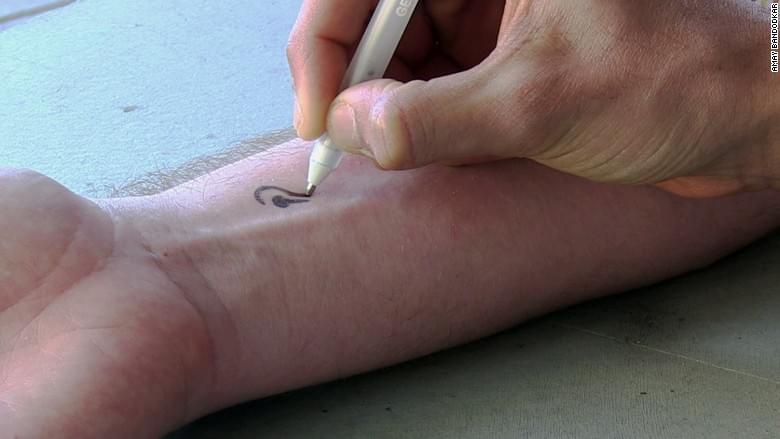At the Technical University of Denmark (DTU), a team of researchers have developed a new kind of 3D printer whose technology combines a CT scanner and light. By reversing the principle of CT scanning, they could create all types of parts in record time from different polymer resins and play on their hardness. They would thus be able to reproduce the appearance of blood vessels or muscle tissue.
Today’s CT scans allow us to make slice images of our body parts and to visualize tissues of different densities. This X-ray machine is therefore used in the medical sector to establish a diagnosis. In this case, it was used to design a new, faster resin 3D printer.








